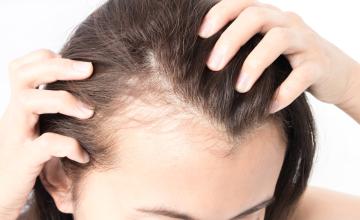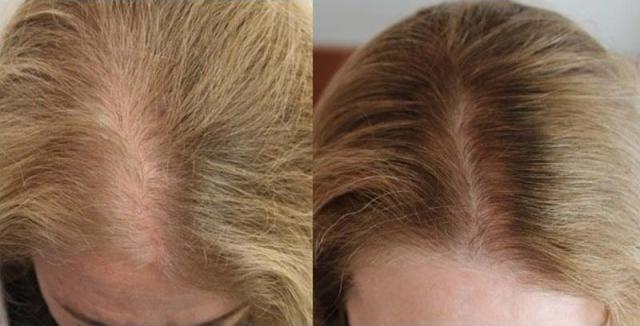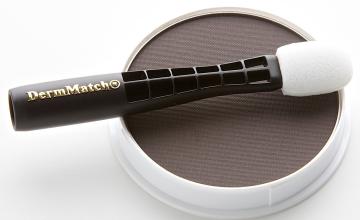Hair Growth Stimulators
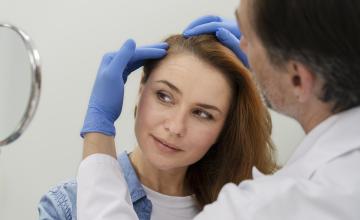
Reviving Thinning Hair
These types of treatments work by stimulating hair growth. However, they can't stop hair loss completely as they don't address the root causes of hair loss. Products that act to stimulate hair growth include Rogaine, Tricomin, Folligen, Proxiphen (along with Prox-N and Nano Shampoo) and Retin-A.
Tricomin

Tricomin, which is used by men and women, is a topical spray that has undergone a wide variety of scientific testing. The spray’s main ingredient is copper, which has been proven to be beneficial for hair.
The FDA has conducted some clinical studies, with the subjects applying the treatment twice per day for 24 weeks. These results were shown to be very positive. However, the product’s parent company, ProCyte Corporation, chose to release Tricomin as a cosmetic. They wanted to avoid the FDA approval process, which tends to be very lengthy.
Tricomin may be an effective option for those who want a treatment that’s undergone scientific testing, yet isn’t drug-based.
The product can be used safely by men, women and children. It’s also non-irritating and has no known side effects. Tricomin can be used for any type of hair loss
The product should be sprayed to damp or dry hair twice each day. But if you’re using another topical treatment, such as Rogaine, you should wait a few hours before applying Tricomin. This is because the scalp may turn a greenish color when mixed with other products. However, this discoloration isn’t permanent and washes out. And like other treatments, Tricomin needs to be used regularly to maintain its results.
Besides the spray, Tricomin is available as a shampoo and conditioner. They should be used as an addition and not as a replacement, though.
For more detailed information of Tricomin Follicle Therapy Spray, Shampoo and Conditioner, click here.
Folligen

The makers of Tricomin make this product, available as a cream, lotion and spray. It was originally designed as a skin repair cream in the Dermatology Department at the University of California at San Francisco.
However, a 41-year-old woman with severe hair loss re-grew lost hair in two and one-half months with the cream. The company, Skin Biology, has since marketed this cream, which also contains copper-peptide as a hair loss treatment. The blue-colored copper-peptide complexes are meant to improve hair vitality and the health of the scalp and hair follicles.
Folligen products are meant for both men and women. They feature a cream for hairline application, spray for overall use, and lotion for bald spots. While Folligen may work on its own, its best results may be seen when it’s used with products like Rogaine.
Essentially, Folligen’s products soothe irritated scalps. They also relieve the itching and burning associated with Rogaine. However, the Folligen spray may cause itching or burning. Also, because the cream and lotion are bright green, it’s better to use them at night, while covering your pillow.
And while you can wash Folligen off easily, it’s not advisable for people with very light blonde hair to use the product. They may develop a greenish tinge to their hair.
Proxiphen, Proxiphen-N, NANO Shampoo
Proxiphen is a prescription formula topical cream that has not yet received FDA approval. It combines the power of minoxidil and other chemicals. The cream should be applied everyday for the first 8 - 12 months, and after that, every other day. Proxiphen is dispensed only when a physician gives a diagnosis of hair loss.
Proxiphen-N, the non-prescription Proxiphen is less expensive and is also not as strong. It’s advisable for patients to use minoxidil with Proxiphen-N.
NANO (nicotinic acid N-Oxide) shampoos and conditioners are an excellent compliment to your existing minoxidil treatment. They contain NANO, which is a minoxidil-like hair growth stimulator. They also have agents that stimulate hair growth. These products are beneficial when used with Proxiphen and Proxiphen-N.
In order to see some results, Proxiphen-N and the NANO products need to be diligently used for at least 8-10 months at the very least.
A one-month supply at prescription strength is about $100. A 2-month supply of Proxiphen - N will cost $59.95. A 90-day supply of NANO Shampoo and Conditioner will cost $39.95 and $29.95, respectively.
Retin-A
Retin-A (also known by its scientific name, tretinoin gel 0.1%), is a topical treatment that’s primarily used as an acne medication. However, research has shown that Retin-A, either by itself or with Rogaine, may grow some hair in those with male pattern baldness or female pattern baldness.
To use Retin-A, you should apply a thin layer with a gauze pad or cotton swab to the affected areas at bedtime. Remember to wash your hands immediately after using the product! You should also take care not to get any Retin-A near the eyes, mouth, or open cuts. The medication may irritate sensitive skin.
It should also be mentioned that if Retin-A is used more often, the results will not improve. Rather, the side effects may increase. These effects include an immediate warming of the skin. Other skin problems may include peeling, itching, scaling, redness and maybe mild stinging. Luckily, once your skin adjusts to the medication, these effects should subside.
Retin-A may also cause increased sensitivity to sunlight as well as wind and cold. For these reasons, you should avoid prolonged exposure to the sun and sunlamps. You should also use effective sunscreens, and wear protective clothing.
In regards to pregnant mothers, research hasn’t shown any risk of birth defects, as of yet. Nevertheless, physicians recommend using Retin-A during pregnancy only if necessary. You should also consult your doctor before breast-feeding. One tube of Retin-A Cream can be purchased for about $28.00.
Click to learn more about Superoxide Dismutase (SOD's)
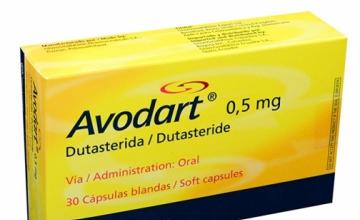
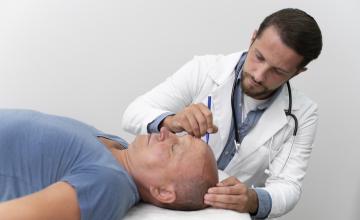
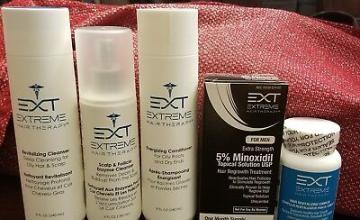
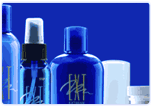 Is this hair loss treatment effective?
Is this hair loss treatment effective?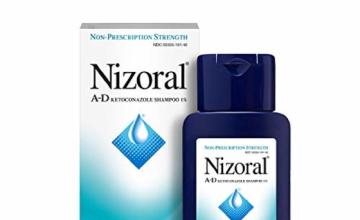
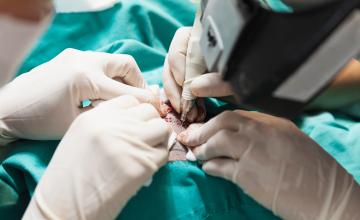
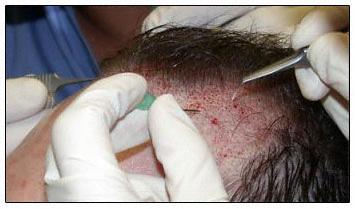
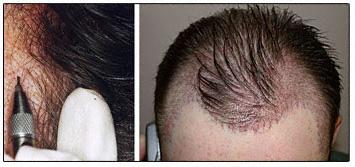
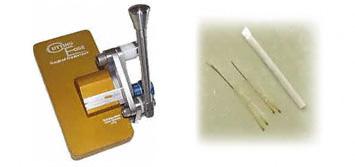
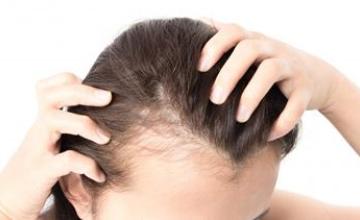
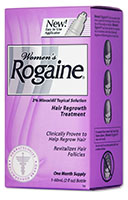 Rogaine for women is the most recommended treatment for hair loss on the market for women today, and the only FDA approved and clinically proven treatment available for female hair loss sufferers.
Rogaine for women is the most recommended treatment for hair loss on the market for women today, and the only FDA approved and clinically proven treatment available for female hair loss sufferers.